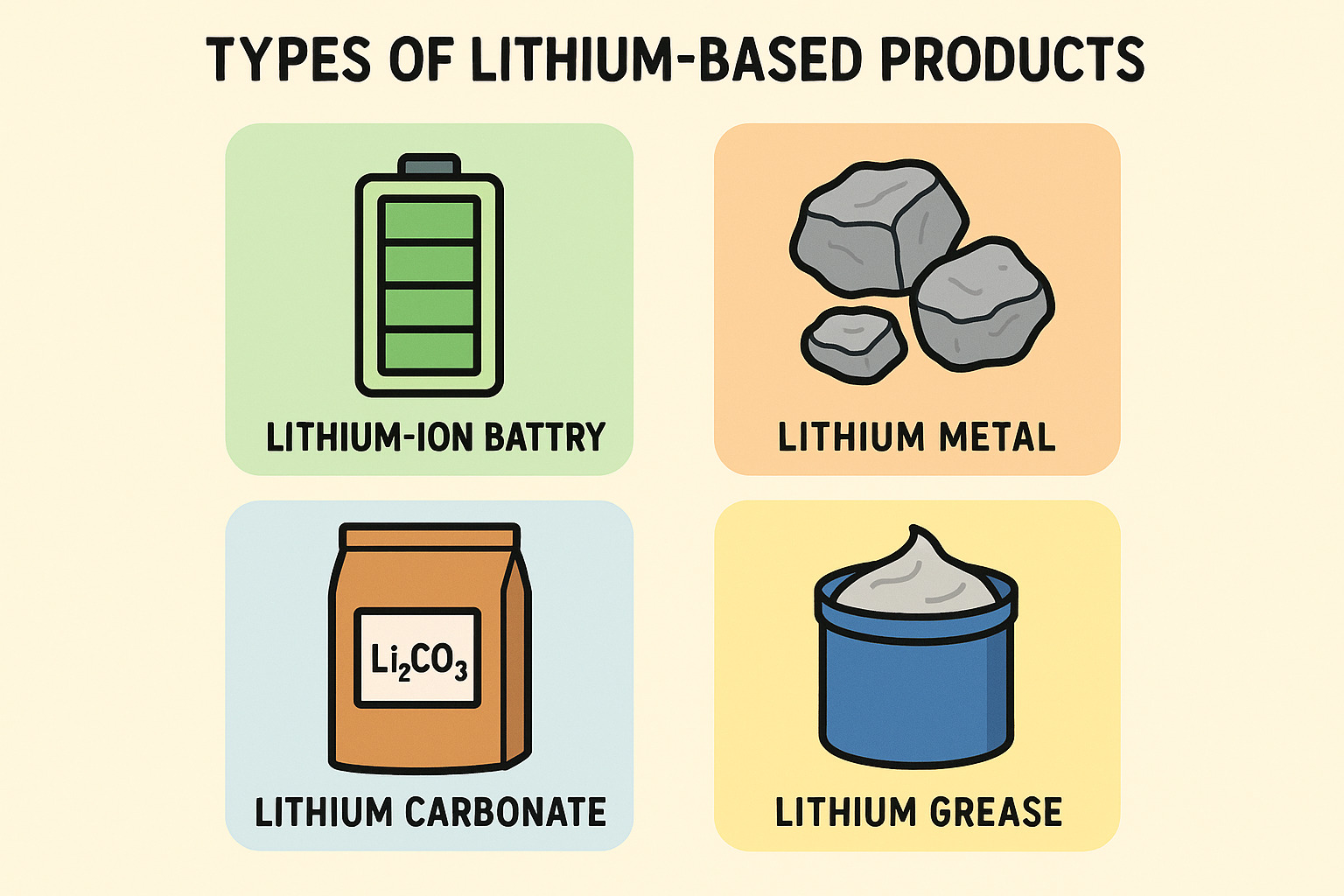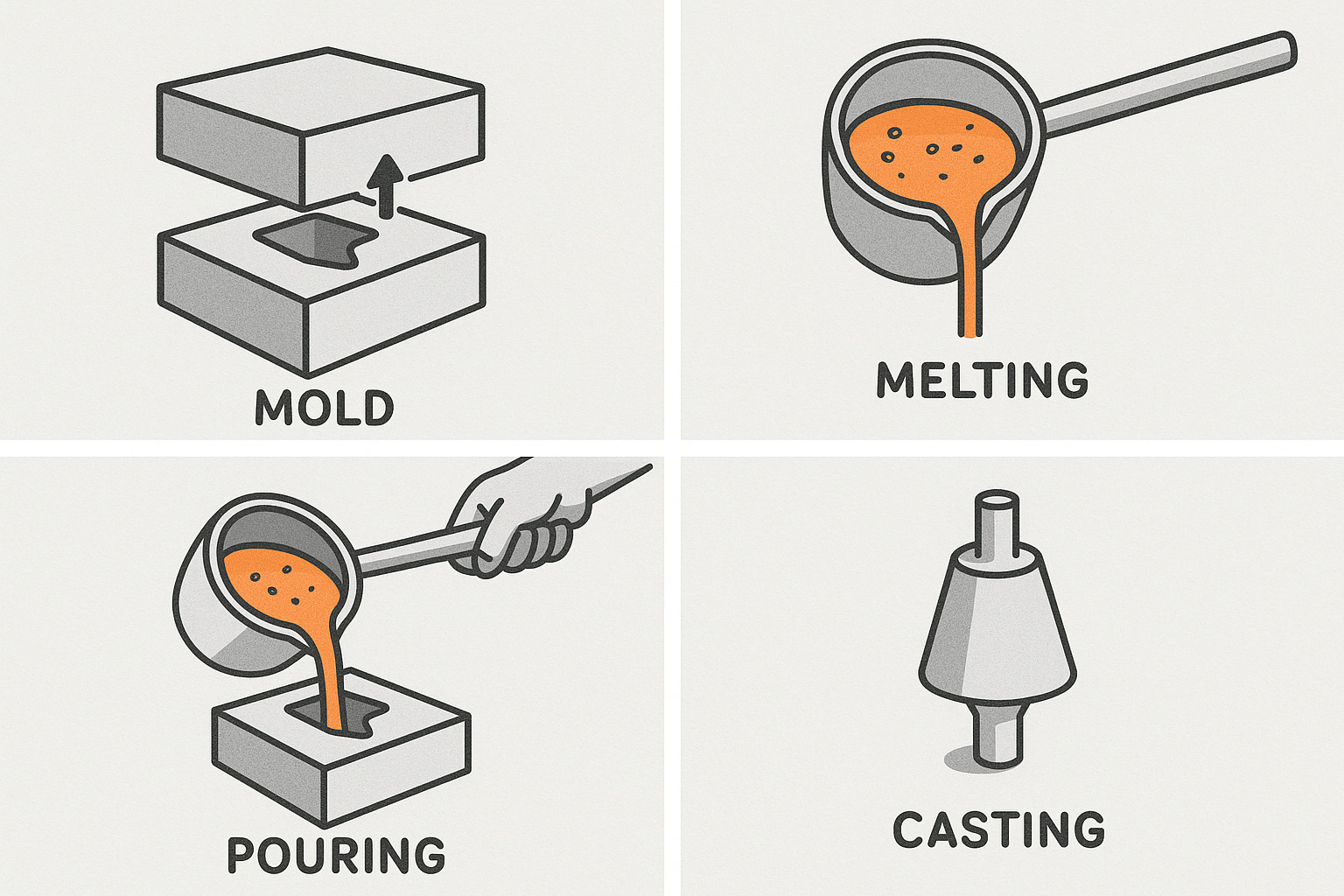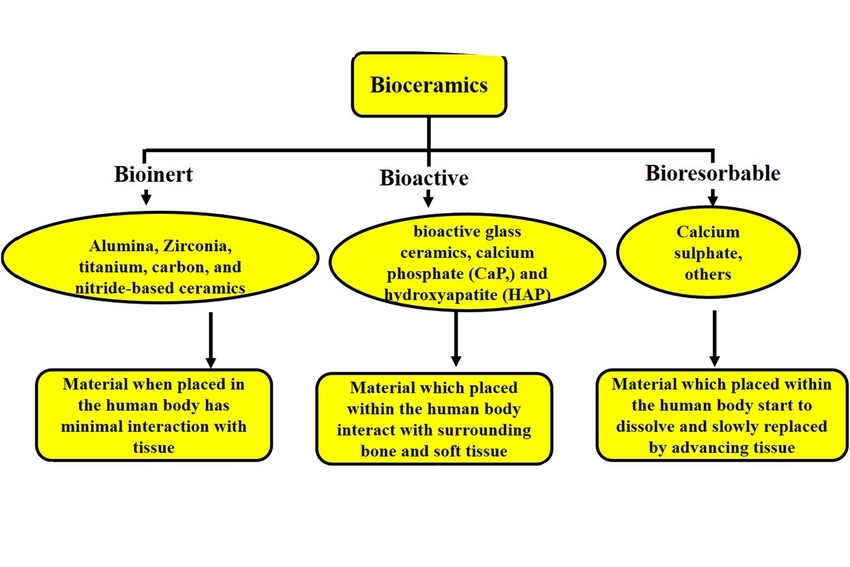Top 10 Thermally Conductive Materials
Introduction
In advanced engineering, thermal conduction is essential for controlling heat in devices and machinery. Materials with high thermal conductivity transfer heat efficiently, improving performance and reliability. Below is a ranked guide to ten notable materials, starting with the most conductive.
1. Graphene (in-plane) (~5000 W/m·K, 3000°C)
Top of the list is graphene, a single molecule of carbon atoms. Its in-plane heat conductivity is suitable for microchips, flexible electronics, and proof-of-concept thermal systems. Currently in research stages, graphene has potential for substantial improvements in high-performance electronics.
2. Diamond (~2200 W/m·K, 2000°C)
Diamond possesses outstanding thermal conductivity alongside its hardness. Diamond is commonly used in high-performance cutting tools, laser heat spreaders, and aerospace heat sinks, where reliable performance in harsh environments is required.
3. Silver (~430 W/m·K)
Silver is the best metallic heat conductor. Utilised in printed circuit boards, thermal pastes, and heat exchangers, silver effectively transfers heat away from electronics but is costly for large-scale thermal applications.
4. Graphite (in-plane) (~400 W/m·K, 150°C)
Graphite provides excellent in-plane conductivity at a fraction of the cost of diamond or silver. The planar structure of graphite distributes heat effectively in batteries, lubricants, and electronic heat spreaders.
5. Hexagonal Boron Nitride (h-BN, in-plane) (~400 W/m·K, 250°C)
h-BN is unique in that it offers high thermal conductivity in addition to electrical insulativity. It is employed in high-temperature insulation, liquid cooling systems, and semiconductor packaging.
6. Copper (~400 W/m·K)
Copper represents a balance between cost and performance. Used for wiring, plumbing, and cooling applications, it serves as a general-purpose thermal conductor in both electrical and mechanical domains.
7. Silver-Diamond Composites (~1000 W/m·K, 600°C)
A composite of silver and diamond is engineered to achieve high conductivity and high-temperature operation. It is utilised in aerospace electronics and defence systems where both metal and diamond properties are required.
8. Silicon Carbide (SiC) (~270 W/m·K, 120°C)
SiC is recognised for its resistance to stress and thermal conductivity. It is applied in high-power electronics, ceramic components, and systems where heat resistance and longevity are necessary.
9. Aluminium (~205 W/m·K)
Aluminium is corrosion-resistant, lightweight, and straightforward to produce. Utilised in automotive, radiator, and consumer electronics applications, it provides adequate conductivity where weight is a consideration.
10. Aluminium Nitride (AlN) (~180 W/m·K, 140°C)
AlN provides excellent thermal conductivity along with electrical insulation, making it suitable for microelectronics, high-frequency circuits, and thin-thickness thermal management.
Summary Table
|
Rank |
Material |
Thermal Conductivity (W/m·K) |
Max Temp (°C) |
Key Uses |
|
1 |
Graphene (in-plane) |
~5000 |
3000 |
Microchips, flexible electronics |
|
2 |
Diamond |
~2200 |
2000 |
Cutting tools, heat sinks |
|
3 |
Silver |
~430 |
— |
PCBs, thermal pastes |
|
4 |
Graphite (in-plane) |
~400 |
150 |
Batteries, heat spreaders |
|
5 |
h-BN (in-plane) |
~400 |
250 |
Insulators, cooling systems |
|
6 |
Copper |
~400 |
— |
Wiring, plumbing |
|
7 |
Ag-Diamond Composite |
~1000 |
600 |
Aerospace, advanced electronics |
|
8 |
SiC |
~270 |
120 |
Power electronics, ceramics |
|
9 |
Aluminium |
~205 |
— |
Automotive, electronics |
|
10 |
AlN |
~180 |
140 |
Microelectronics, substrates |
For more specific data and tech support, please check Stanford Advanced Materials (SAM).
Conclusion
From graphene's in-plane conductivity to aluminium nitride's combination of insulation with heat conduction, these materials fulfil a wide spectrum of engineering specifications. The selection of the appropriate material depends on the temperature range, electrical properties, cost, and specific performance requirements.
Frequently Asked Questions
F: Why does a material have thermal conductivity?
Q: Atomic bonding and structure affect the ability of a material to conduct heat.
F: How is high thermal conductivity used in electronics?
Q: It assists in dissipating excess heat, protects components, and maintains device operation.
F: Are these materials used under extreme temperature conditions?
Q: Yes, many perform sufficiently at high temperatures, ensuring reliability in demanding environments.

 Bars
Bars
 Beads & Spheres
Beads & Spheres
 Bolts & Nuts
Bolts & Nuts
 Crucibles
Crucibles
 Discs
Discs
 Fibers & Fabrics
Fibers & Fabrics
 Films
Films
 Flake
Flake
 Foams
Foams
 Foil
Foil
 Granules
Granules
 Honeycombs
Honeycombs
 Ink
Ink
 Laminate
Laminate
 Lumps
Lumps
 Meshes
Meshes
 Metallised Film
Metallised Film
 Plate
Plate
 Powders
Powders
 Rod
Rod
 Sheets
Sheets
 Single Crystals
Single Crystals
 Sputtering Target
Sputtering Target
 Tubes
Tubes
 Washer
Washer
 Wires
Wires
 Converters & Calculators
Converters & Calculators
 Write for Us
Write for Us
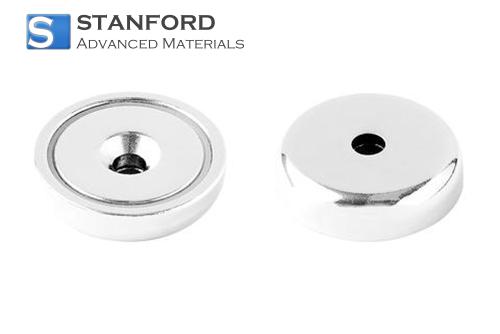
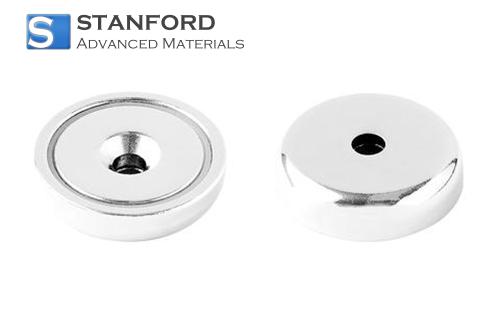
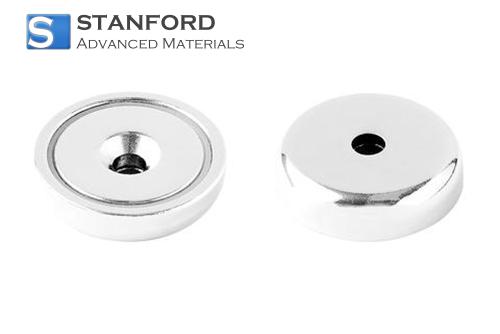
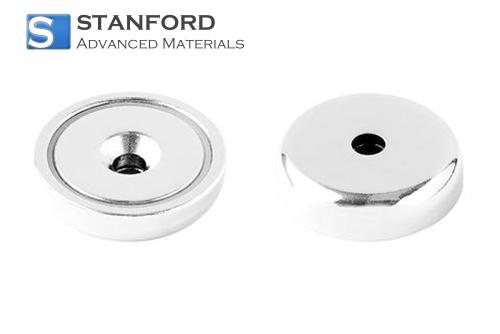
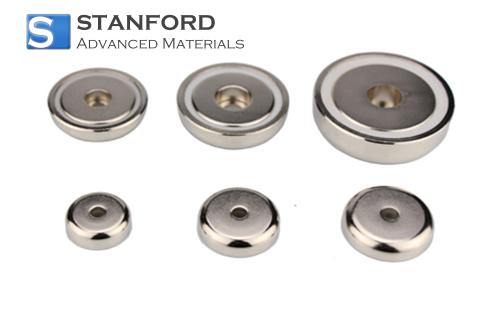
 Chin Trento
Chin Trento

